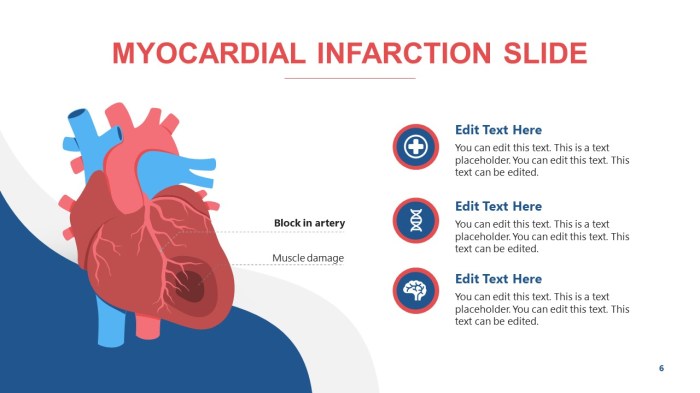The Myocardial Infarction System Disorder Template provides a structured approach to managing patients with this critical condition. This template encompasses essential components, clinical assessment and diagnosis, treatment and management strategies, potential complications and prognosis, and patient education and support.
Understanding the components and application of the Myocardial Infarction System Disorder Template is crucial for healthcare professionals involved in the care of patients with this condition.
1. Myocardial Infarction System Disorder Template

A myocardial infarction system disorder template provides a standardized framework for documenting and managing patients with myocardial infarction. It facilitates efficient communication among healthcare professionals and ensures comprehensive care.
Components of a typical myocardial infarction system disorder template include patient demographics, medical history, presenting symptoms, physical examination findings, laboratory results, imaging studies, diagnosis, treatment plan, and follow-up recommendations.
2. Clinical Assessment and Diagnosis, Myocardial infarction system disorder template
Myocardial infarction typically presents with chest pain, shortness of breath, and diaphoresis. Diagnostic tests such as electrocardiogram, cardiac biomarkers, and echocardiography are used to confirm the diagnosis.
The criteria used to diagnose myocardial infarction are based on clinical symptoms, electrocardiographic changes, and elevated cardiac biomarkers.
3. Treatment and Management
Immediate treatment for myocardial infarction includes pain relief, oxygen therapy, and antiplatelet therapy. Long-term management involves medications such as aspirin, statins, and beta-blockers, as well as lifestyle modifications such as smoking cessation and exercise.
Timely and appropriate treatment is crucial for improving outcomes and reducing the risk of complications.
4. Complications and Prognosis
Potential complications of myocardial infarction include heart failure, arrhythmias, and cardiogenic shock. The prognosis of myocardial infarction patients depends on factors such as the severity of the infarction, the presence of comorbidities, and the timeliness of treatment.
Measures taken to prevent and manage complications include aggressive medical therapy, cardiac rehabilitation, and lifestyle modifications.
5. Patient Education and Support
Patient education is essential for managing myocardial infarction. Patients need to be informed about the condition, its treatment, and lifestyle modifications.
Resources available for patient support and recovery include support groups, cardiac rehabilitation programs, and online resources.
Expert Answers: Myocardial Infarction System Disorder Template
What is the purpose of the Myocardial Infarction System Disorder Template?
The template provides a standardized framework for healthcare professionals to assess, diagnose, treat, and manage patients with myocardial infarction.
What are the key components of the template?
The template includes sections on clinical presentation, diagnostic criteria, treatment strategies, potential complications, and patient education.
How can the template improve patient care?
The template promotes timely and accurate diagnosis, facilitates appropriate treatment decisions, and enhances communication among healthcare providers.